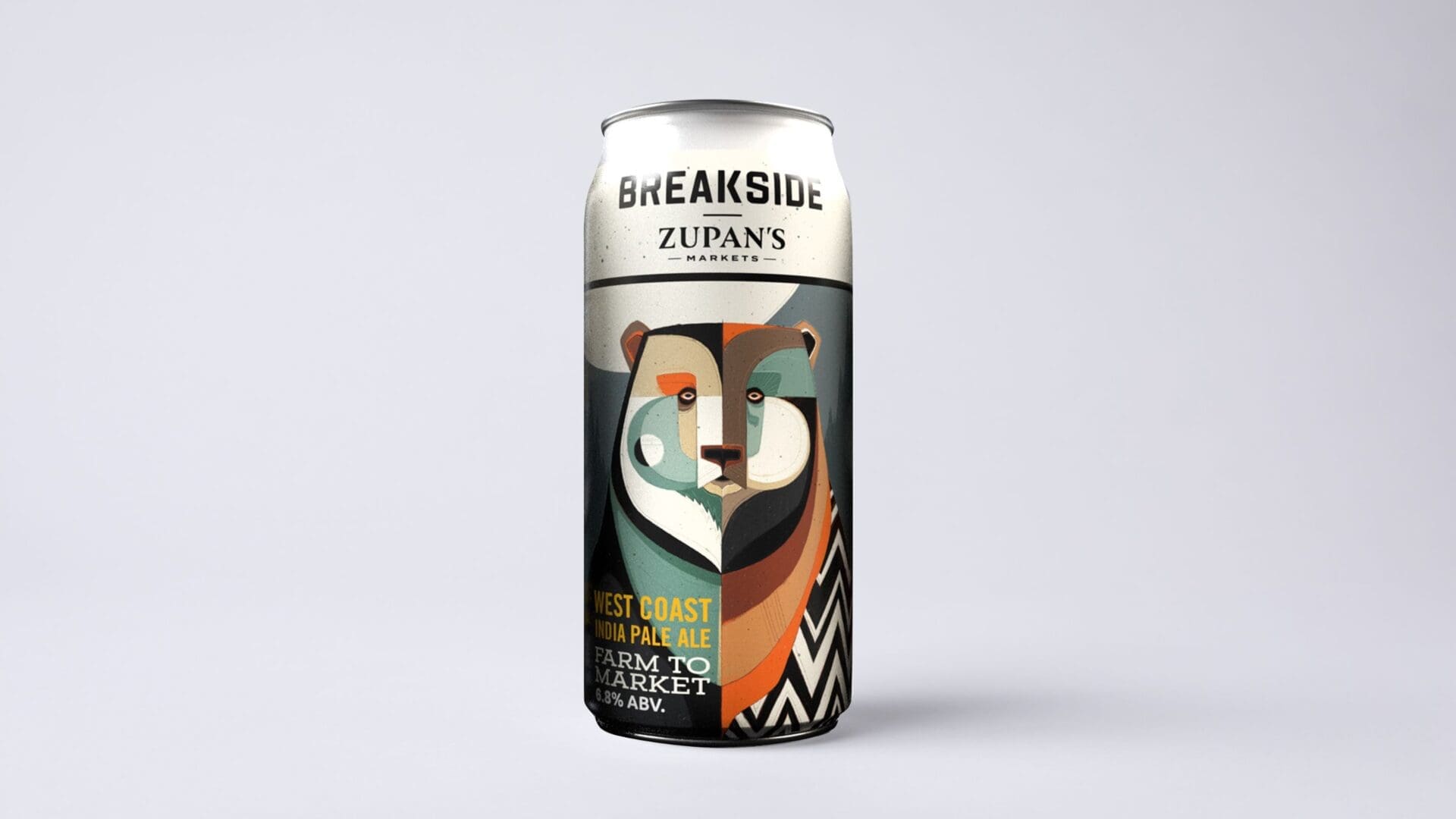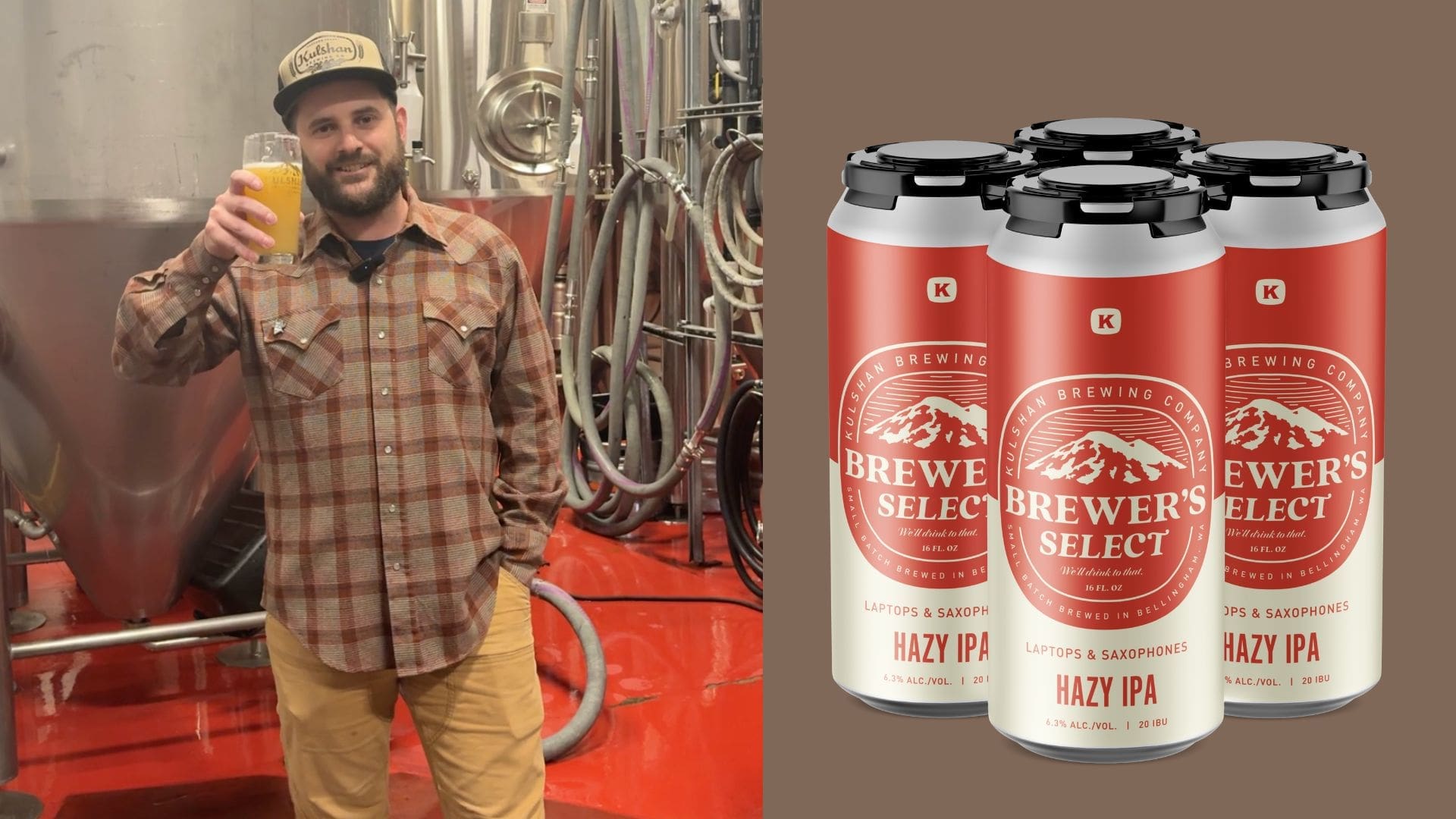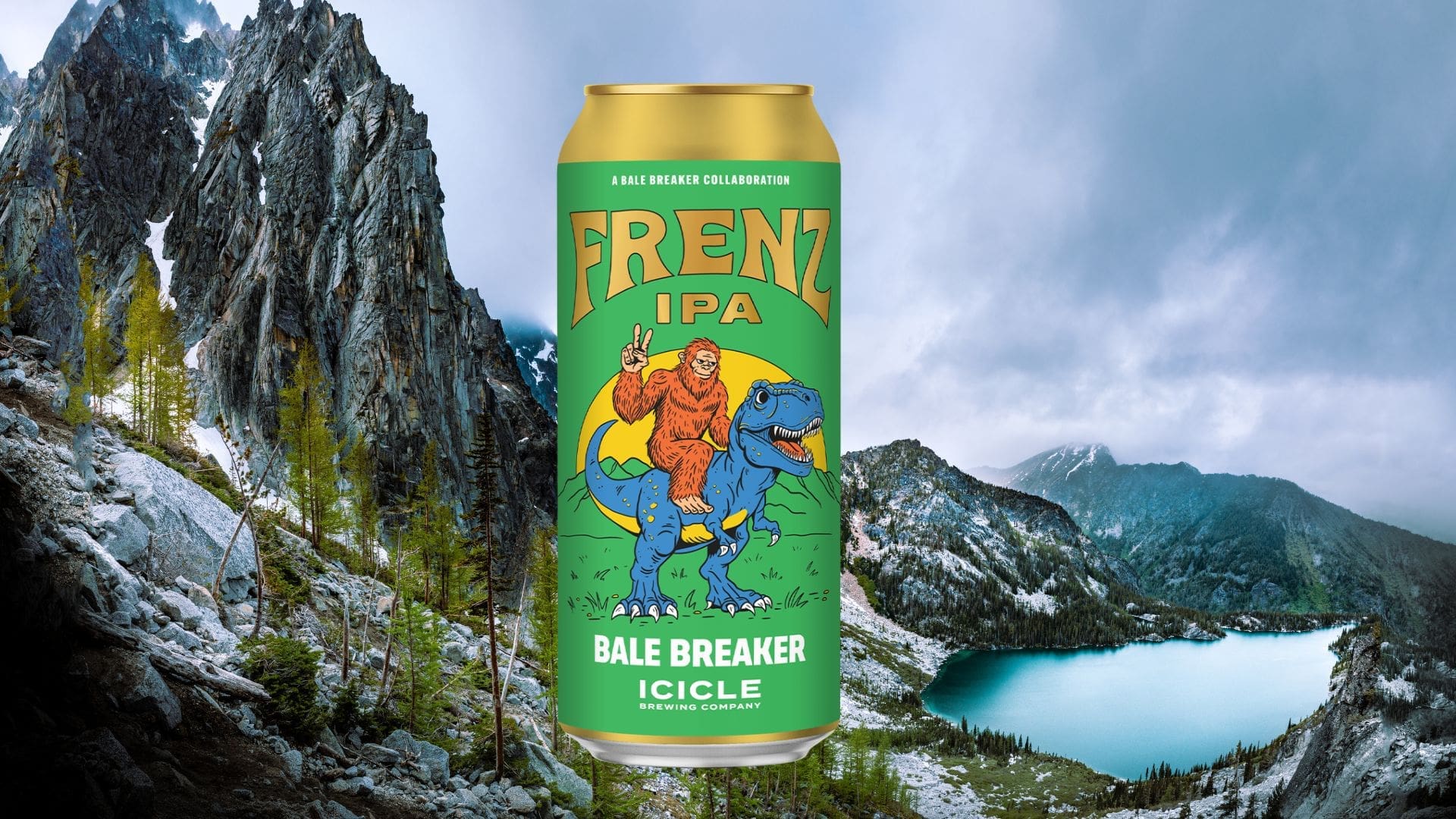For nearly 10 years, Flat Tail Brewing in Corvallis, Oregon, has churned out beers that defy easy description. Flat Tail brewed more than 100 unique beers in its full year alone and has since made a name for itself with award-winning sour ales, curious collaborations (like a blonde ale brewed with Beijing-based Slow Boat Brewery, one of China’s only craft brewers) and daring experiments, like Spigot Licker, a strong ale that boiled for six straight days.
And the heart of that experimentation is brewmaster and Flat Tail co-owner Dave Marliave.
Marliave has long prided himself on creating one-off and small-batch beers that use unusual ingredients, like honey and various fruits and vegetables, and challenging brewing techniques like aforementioned Spigot Licker. He spoke with Sip Northwest about the inspiration behind some of that creativity, what he’d like to brew and how he stands out in a growing craft beer scene in Corvallis.
1) Where do you find inspiration for some of your more creative brews?
A lot of that comes from the culinary world. With El Guapo [a spring seasonal blonde ale] I was walking through the farmers market and I saw a vendor cutting up cucumbers, limes and habañero peppers for pico de gallo. I loved that smell, so I wanted to brew a beer with those ingredients. That was a lucky farmers market to be walking through, since that turned into one of our best-selling beers of all time.
2) Which of your current offerings are you most excited about?
I’m most excited about a classic German pilsner we just brewed. That’s one of my favorite, if not my absolute favorite, styles in the world. When I first got into beer, like a lot of people, I went for stouts, barleywines, things like that. There were so many flavors that, whether you know how to dissect the complexity, you’ll taste things that will blow you mind.
But when you brew a light beer like a pilsner, there’s nothing to hide behind. An exceptional light lager is so hard to brew, and if you make any mistakes anywhere, people are going to notice it. So brewing pilsner is a really cool opportunity to show your chops off and test yourself.
3) You’ve brewed a lot of creative beers. Is there anything else on your brewing bucket list that you’d love to try?
The one style I’ve always loved and have never brewed is a classic dortmunder lager. I don’t know why I’ve never gotten around to it, but I might do it as a light beer next winter. I think it’s cool that the beer style is defined by the minerality in the water. Dortmunder takes this riff on helles — where it’s this ultra-light, crushable German lager — but the unique and defining characteristic is the minerality in the water. It’s very hard water, whereas with most lagers, you want to brew with the softest water possible. It’s hard to describe minerality any other way; there aren’t a lot of styles that hinge on just the water profile.”
4) How do you set yourself apart in a growing craft beer market like Corvallis?
That’s been one of the most difficult things for us over the years, which sounds bizarre, because we do so many bizarre projects and mind-bending experiments. But the thing that put us on the map more than anything else is brewing IPAs. After our Pulp Action IPA took second place in the 2018 blind IPA taste test at Hawthorne Hophouse in Portland [where Hophouse visitors choose their favorite of 12 Oregon-made IPAs in a blind taste test], we had almost 100 people come through the door that weekend to try it.
It was a really cool experience in that we finally got some recognition, but at least to me, it was demoralizing, because I’m thinking of all these incredible experiments — sour beers, lagers and other fun beers. And the one trend that we never picked up massively, that’s what finally put us on the map. So I’m learning that I have to compromise, and I can’t stop brewing the hoppy beers that everyone wants, so I’m trying to use those to get people excited and then lure them to the beers I want them to drink.”








